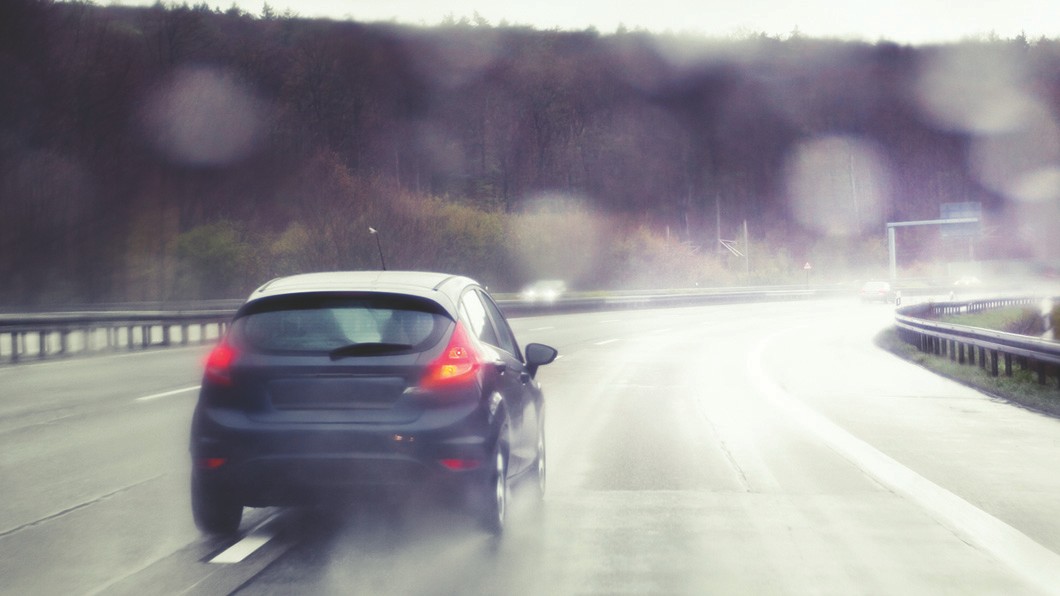Driving Safely in Wet Conditions
Wet and Potentially Wild: Driving Safely in Rainy Weather
In rainy weather, driving conditions can become dangerous pretty quickly. Oil and engine fluids can float atop rainwater, creating treacherous driving surfaces. Water creates a barrier between the road and your tyres, which can cause you to lose traction and hydroplane. If this occurs, take your foot off the gas, hold the steering wheel in place, and lightly apply the brakes. Dangerous driving surfaces, coupled with reduced visibility, contribute to the thousands of accidents on wet roads every year. Fortunately, this can be prevented with a little preparation and smart thinking in the moment.

Before You Hit The Accelerator
Make a habit of checking a few critical items before you start to drive:
See And Be Seen
When the forecast calls for rain, it's important to confirm that a car's headlights, brake lights and windshield wipers are clean and functioning properly. Turn your headlights on in the rain to help other drivers see you. Also, replace windshield wipers that leave streaks or don't fully clear the windshield each swipe and fill the washer reservoir bottle with a washer solvent.
Love Your Tyres
Before heading out, check your tyres by looking for proper tyre tread depth and tyre inflation:
Tread depth: Tyres should have more than 1.6mm tread depth. Use a tread depth gauge and insert into each groove to take the measurement. If the tread depth is below 1.6mm, it's time to shop for a new set at one of our Bridgestone dealer locations.
Tyre inflation: The vehicle manufacturer's recommendations for tyre pressure can be found on a label affixed to the driver's door or door jamb, or in the vehicle owner's manual. Remember that tyre pressure should be checked at least monthly when the tyres are "cold," which means when your car hasn't been driven for three hours or less than 1.6km at moderate speeds.
Clear your view. Using a rain repellent product on windows and mirrors helps water run off cleanly, improving visibility. Also, it's important to remember to clean the inside of your windows at least once a week.
When You’re On The Road
The dynamics of driving change dramatically when the roads are wet, which means driving habits must change, too.
Slow down
Driving more slowly reduces your risk of losing contact with the road and hydroplaning. Reduce your speed by 10km/h for each degree you increase your windshield wiper speed.
Count to Three
Leave extra room behind the car in front of you in case a sudden stop is necessary. Using lamp poles as a landmark, start counting once the car in front of you passes a specific pole. If you pass the same pole before you can count to three, you're following too closely.
Know How to Control a Skid
If your car starts to skid, don't panic! Continue to look and steer the car in the direction you want to go and avoid slamming on the brakes to maintain control of the vehicle.
Pull Over
If the downpour or spray from other vehicles is too heavy, just stop driving. When visibility is so low that you can't see the edges of the road or the vehicles in front of you, pull off the road as far as possible, turn on your hazard lights and wait out the thunderstorm.